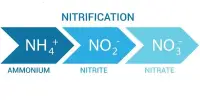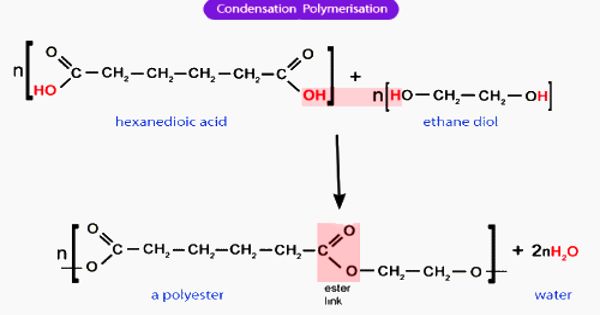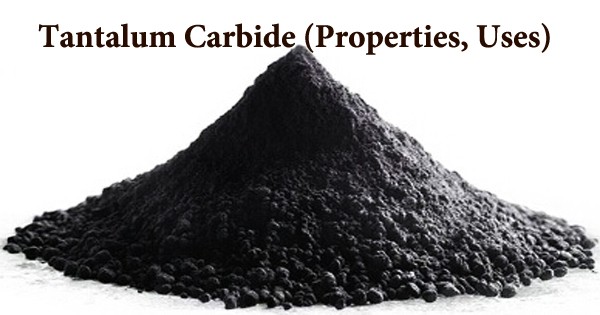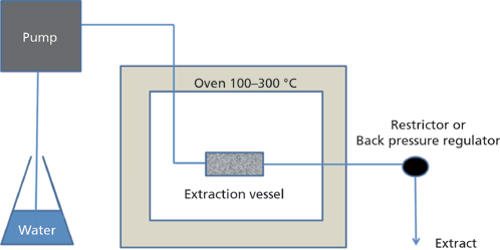Graphene oxide (GO) is the oxidized form of graphene. Graphene Oxide Paper is a circular, flexible black sheet of graphene oxide (GO) 4 cm in diameter and 10 microns thick. It is also known as graphite oxide paper is a material fabricated from graphite oxide. Graphene oxide is a novel advanced material composed of graphene, a single atom thick layer of carbon atoms, with various oxygen-containing functionalities. Micrometer thick films of graphene oxide paper are also named graphite oxide membranes (in the 1960s) or (more recently) graphene oxide membranes. The membranes are typically obtained by slow evaporation of graphene oxide solution or by the filtration method.
Free-standing paper-like or foil-like materials are an integral part of our technological society. The material has exceptional stiffness and strength, due to the intrinsic strength of the two-dimensional graphene backbone and to its interwoven layer structure which distributes loads. Their uses include protective layers, chemical filters, components of electrical batteries or supercapacitors, adhesive layers, electronic or optoelectronic components, and molecular storage. Another benefit of graphene oxide is that it can be reduced to graphene by using chemical, thermal or electrochemical methods.

Preparation
The starting material is water-dispersed graphene oxide flakes. The aqueous dispersion is vacuum filtrated to produce free-standing foils. The thickness of these foils is typically in the range of 0.1-50 micrometers. Depending on the application the graphene oxide laminates are named either as papers or as membranes.
Graphene oxide is very much similar in structure when compared to graphene, except the way the carbon atoms ‘plane in graphene oxide is largely dominated by oxygen-containing groups, which actually expands the interlayer distance but also makes the atomic-thick layers hydrophilic. An alternative method to prepare free-standing graphene oxide multilayers/laminates is to use repeated drop casting or spin coating. These flakes may be chemically bonded, leading to the development of additional new materials.
Graphene oxide (GO) synthesized from the chemical oxidation of graphite provides a simple and convenient method to obtain exfoliated, two-dimensional carbon sheets. As the starting material, graphene oxide paper is an electrical insulator; however, it may be possible to tune this property, making the paper a conductor or semiconductor, without sacrificing its mechanical properties.
Applicatiuon
Applications for graphene oxide include nonvolatile memory technologies, flexible and transparent thin films, transistors, sensors, and optoelectronics. These graphene oxide papers have important applications in areas related to transparent conductive film, composite materials, solar, biomedical applications, etc.
Information Source:
















